This post is about getting the best out of your designer or agency. We don’t mean how to work them harder, getting as much out of them for every penny you spend, that is a very different subject. This is about how to give them the best brief possible. Because the initial briefing is probably the most important stage of the design process. It’s why every proposal we send out has some form your brief included.
Design is basically answering challenges within the time allowed within the allocated budget. Great design does this with elegance and intelligence.
Why is the brief so important though? Design is a creative industry, unlike art it has a purpose. That’s the big difference between the two. Design is basically answering challenges within the time allowed and within the allocated budget. Great design does this with elegance and intelligence. This can only happen with information otherwise what you are given (as a client) is most of the time not what you expected. This can be good, but in the main it is just plain frustrating for both parties. Clients get charged more and designers have to do all the work again.
So what should you include within a brief and more importantly… why?
Firstly, I’d say that rule number one is the more information you can give (in organized way) the better. This could be information about you, your organisation, its aims… anything. Below are what we think are the most important things you need to get accross and more importantly… why.
Seven important pieces of information a brief should include;
- Something about you and your organisation
- Who this design will be aimed at?
- What do you want the response to be from this audience?
- The content – what should be included?
- Where will this design live?
- The budget you have
- What are your deadlines?
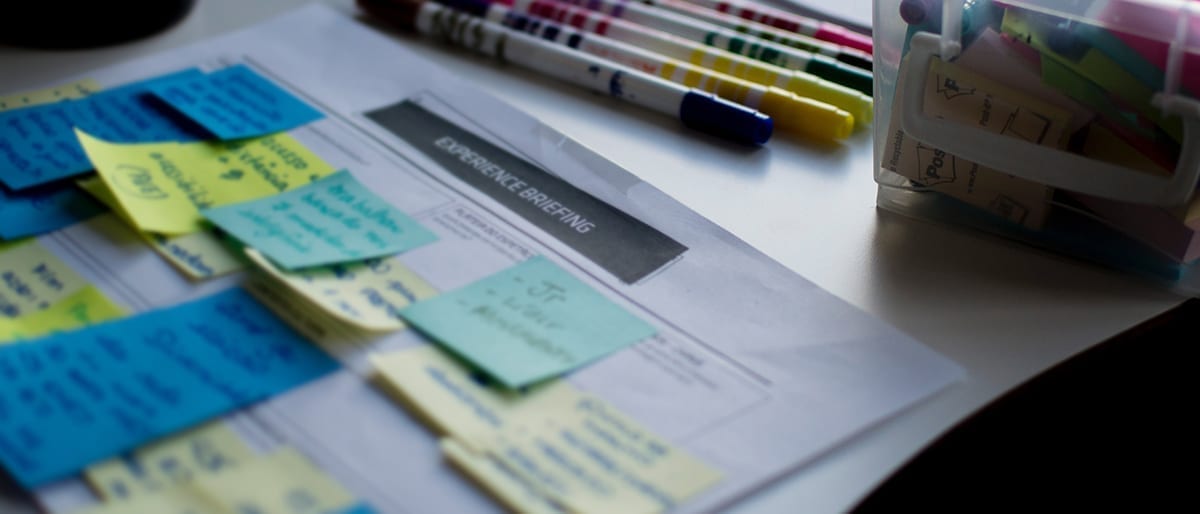
1. A bit about you…
Give details about your company; give an idea of what you stand for, your values (read our post ‘what is a brand’ again!). Give examples of other applications (unless none exist). This will all help position the design in terms of look and feel. Giving some ‘meat’ here will ensure your project matches your company and its values.
2. Who is it aimed at?
The audience is another big need when developing a design, try and build a picture of their world. What is their age, their financial standing, what other products services would they purchase? If it’s a B2B product or service, what scale of company is your audience, what sector are they in? Language and imagery will change for differing audiences – targeting creates more focus in the minds of designers, which in turn creates stronger more differentiated solutions.
3. What is the response you want?
What you want to get out of design is incredibly important, it makes you think; why am I doing this? Is this design to drive your audience to your website, to illicit a phone call or to register for a newsletter… whatever the job, make sure you understand what the success criteria is, even if it is just to build awareness otherwise how are you going to judge if the design has worked?
4. The content
What information is this application going to hold? Either give the actual content or a good idea about what it should be (especially if you want your design team to organize copywriting). This content should be tailored to your audience and link strongly to what your desired response should be. Ideally supplied as an additional file at the briefing. Reading content can help when designing an application, pulling out strong details to link with the copy can help engage an audience.
5. Where is this to live?
Knowing where the design is to appear will help tailor the solution. There is no use using small type if the item is going to live next to a railway line and only be seen out of a speeding train (ok, maybe a slow train). But it’s not only important in terms of scale but also for production techniques. Some ways in which design is produced have their own unique tolerances. Knowing the where will help manage the solution and expectations.
6. The budget.
This dictates most things within the design process, from the time allowed for design to images and production values. Knowing the budget will ultimately help mould the solution. Because sometimes the best solution may not be what you are imagining, you may be thinking a poster or two and the design team could come up with a monorail (I say this, because I have seen it happen). Both could be valid solutions, but one is a little more expensive than the other.
7. Timing
This again will help deliver a stronger solution, if you have a conference in mind for the launch of your design project (whether it is a brochure, an identity or a new kind of spatula) make sure everyone is completely aware of this. Finding out after the first presentation that the lead times are too long on the solution you have chosen will not help you or the design team.
The list could go on and obviously for a small project some of the above may not need to be as in depth as a larger project, but the information is still needed.
Finally, put your brief in writing and ideally meet with your agency to ‘present’ your brief. Both clients and agencies are very good at selective memory, ‘but I told you that…’ is a phrase that is heard frequently; usually followed by something to do with money. Writing things down and talking things through helps both sides, it makes what you want clear and gives your design team a strong framework to work to. Ultimately, it takes away ambiguity.
Stick with this and you should get the best out of your agency or designer ensuring you build a strong working relationship together and get great design work time and again. To help smooth this, we will be creating a pdf form which you will be able to download. Sign up here to get updates (and to find out when the form is available)
How can we help in all this?
Puur can help you develop a brief either through sitting down and really going over your businesses needs or just by supplying a simple word template (just ask if you would like it). If you already have a brief, we’d be happy to chat over how we can help, give us a call today.

Image used in this post by Felipe Furtado found on the brilliant Unsplash

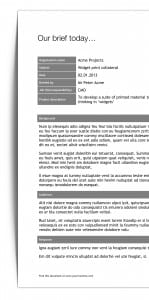
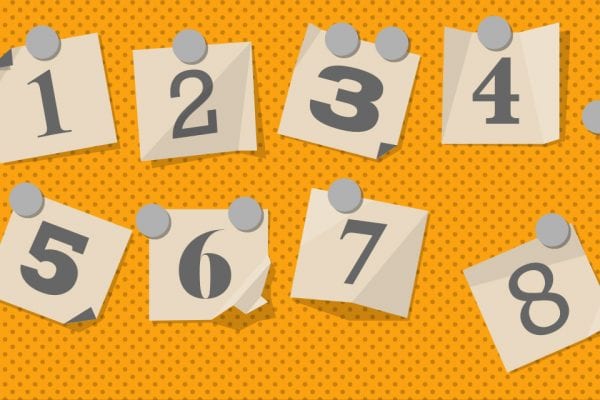
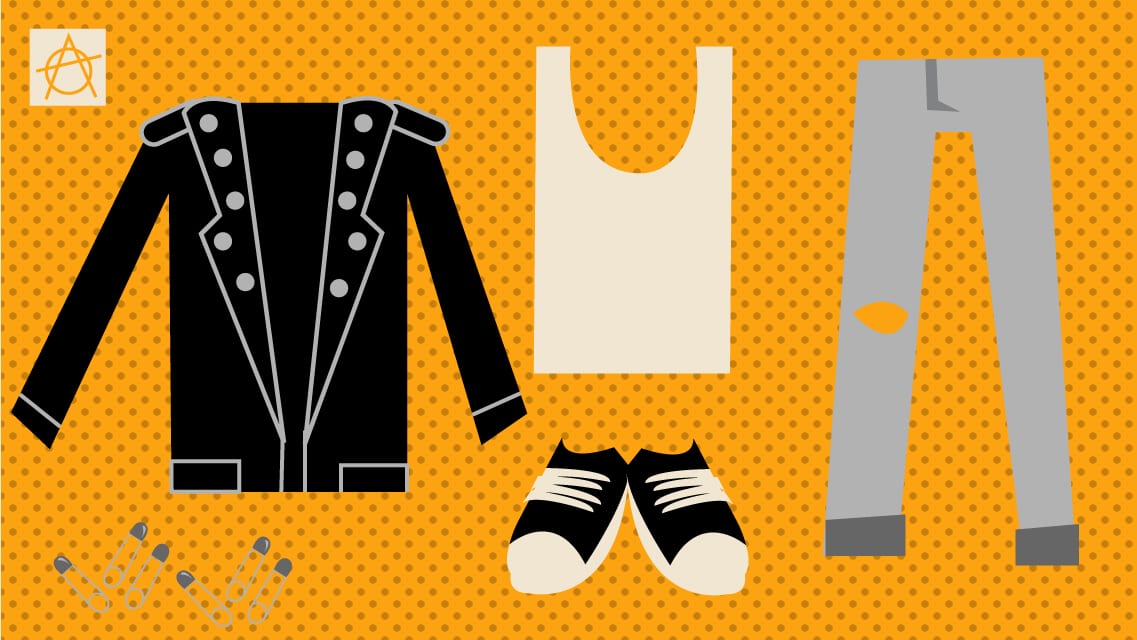





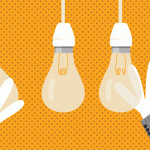
1 Comment. Leave new
[…] answers. Once you have all this information together you’ll have the start of a brief (see our post on creating a brief). Depending on the scale of the project the brief can include information such […]